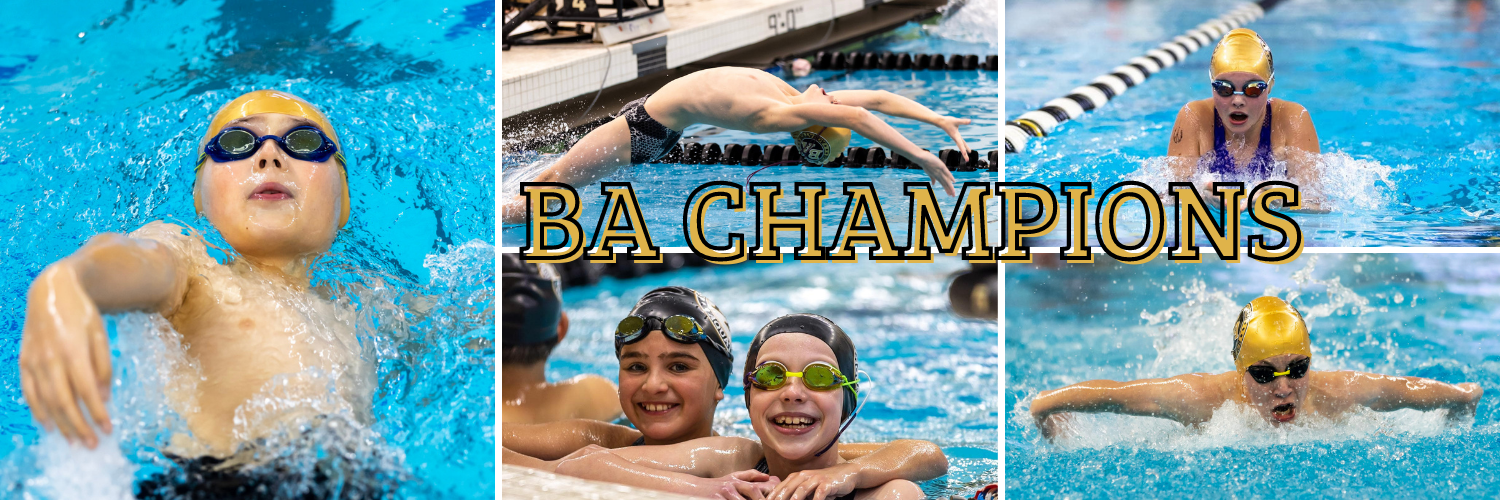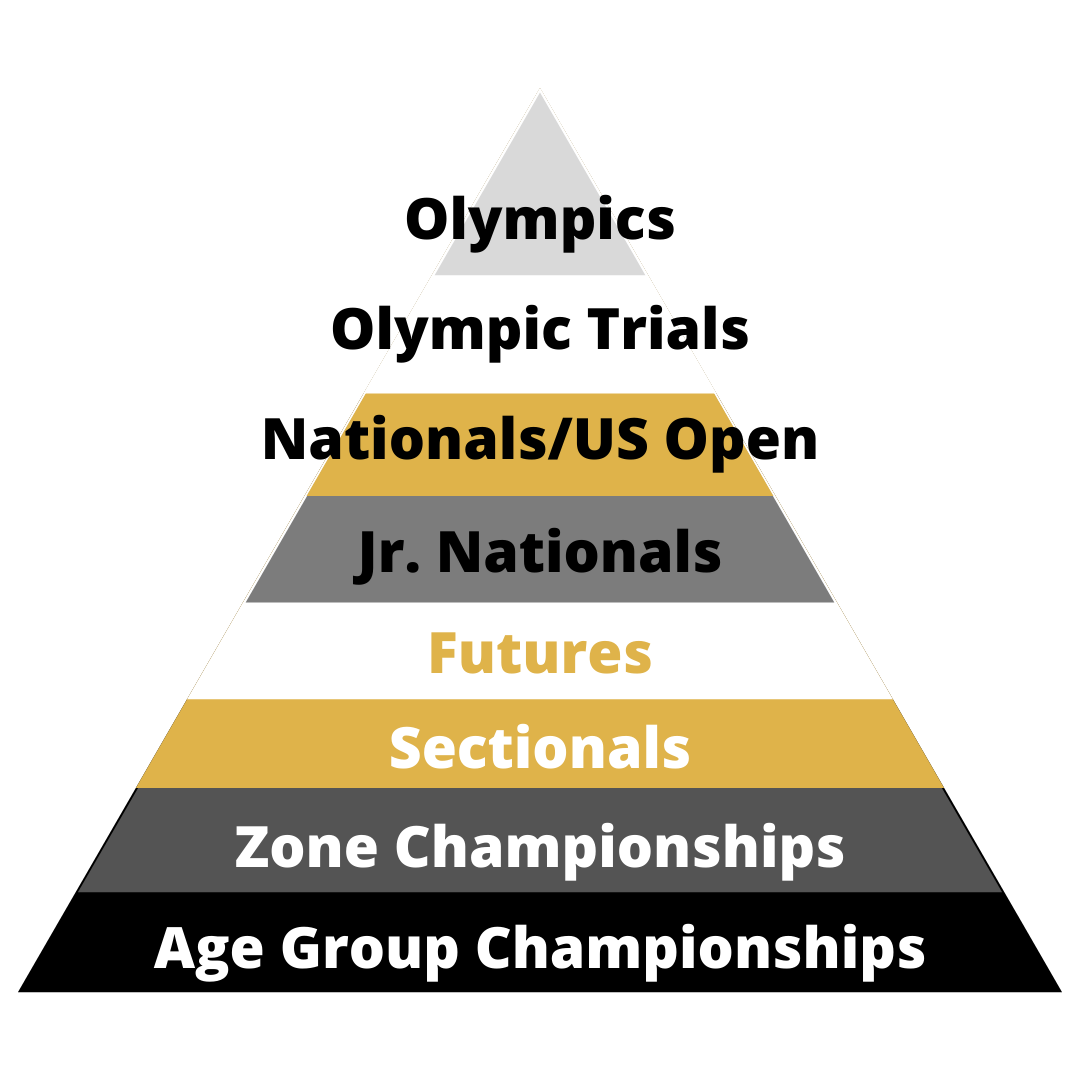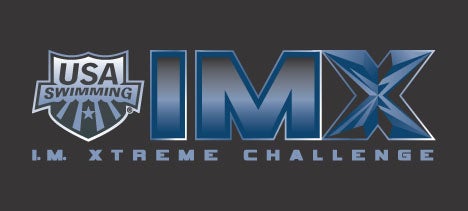
The things we measure get better.
To measure the long-term growth and development of our athletes, BA uses a variety of metrics including qualification and performance at championship meets, a 400 Flutter Kick for Time test, and USA Swimming's IMX and Power Points programs.
CHAMPIONSHIP MEETS
Participation in championship meets is earned through achieving the set time standards for each progressive level of competition. With consistent practice attendance and focused participation in all elements of the BA training program, we believe that athletes at every level can set a goal to qualify for and race at championship meets.
Starting at the state level, age group and senior athletes can qualify individually for Divisional Championships and State Championships, as well as be chosen for championship meet relays.
Age Group: Summer Divisional & State Qualifying Time Standards (new 4.7.22)
Senior: Spring & Summer Divisional Qualifying Time Standards (new 12.7.22)
Senior: Spring & Summer State Qualifying Time Standards (new 12.7.22)
Age Group athletes qualified for Zones will be exposed to increased competition at the regional level, traveling to meets to compete with athletes from several surrounding states.
At the national level, athletes qualified for Sectionals, Futures, Junior Nationals, Nationals, the US Open and Olympic Trials will face high-level competition and represent all of BA through and our philosophy of #LeadersEverywhere.
Zones (14&U) Qualifying Time Standards (Cuts are AAA)
2023 Sectionals Qualifying Time Standards (new 12.8.22)
2023 Futures Qualifying Time Standards
2022 USA Swimming Winter Junior National Qualifying Time Standards
2023 USA Swimming Junior National Qualifying Time Standards
2023 Phillips 66 National Championships Qualifying Time Standards
2024 Olympic Trials Qualifying Time Standards
IM XTREME (IMX)
As a club, we are focused on developing versatile athletes who are proficient in racing all four stroke disciplines and events at a variety of distances. One way we do this is with a goal toward athlete's earning an IM Xtreme (IMX) score. The IMX score is based on a series of five  or six events at longer distances. Once an athlete has completed the IMX series, they can find out where their IMX score ranks nationally, within our zone, their LSC and club ranking.
or six events at longer distances. Once an athlete has completed the IMX series, they can find out where their IMX score ranks nationally, within our zone, their LSC and club ranking.
IMX Series, by Age:
9 & Under; 10-year olds: 200 Free, 100 Back, 100 Breast, 100 Fly, 200 IM
11-year olds; 12-year olds: 400 Free (LC) or 500 Free (SC), 100 Back, 100 Breast, 100 Fly, 200 IM
13, 14, 15, 16, 17, & 18-year olds: 400 Free (LC) or 500 Free (SC), 200 Back, 200 Breast, 200 Fly, 200 IM, 400 IM
How Are Points Earned?
Rankings in the program are based on Power Points, a system developed by USA Swimming.
How Do I Participate?
Participation in IMX is easy. USA Swimming automatically scores and calculates results for all athlete members! Swimmers only need to sign up for a Deck Pass Account, then compete in each required event at a sanctioned meet, at least once in a season.
Click the IMX button in the menu to view athletes' progress and scores in the IMX program.
POWER POINTS: WHAT ARE THEY?
Every swim listed in the USA Swimming times database includes a Power Point value. This point system allows for comparison of the quality of performances across strokes, distances and events, as well as between age groups.
So how exactly does the power point system work? The power point scale ranges from 1 to 1100 points. The higher the points, the stronger you are in that event. USA Swimming uses these points to rank athletes and swim clubs in the IM Ready, IMX and Virtual Club Championships programs.
How to use Power Points?
Ever wonder how your long course times compare to your short course times? Wonder no more. Comparing your season swims is just one way Power Points can be of use to you. Here are other ways to use it:
- So you’re pretty decent in your events across the board, but you want to know which events are stronger for you on a national scale. Use Power Points! For example, you can compare your score in the 100 back vs. the 200 back or across several freestyle distances such as the 100, 200, and 400.
- Look at the strength of one stroke vs. another stroke. For example, compare your freestyle to your breaststroke. Determine the quality of you short course vs. long course swims.
- This comparison is a great way to measure progress from the end of the short course season through the long course season.







